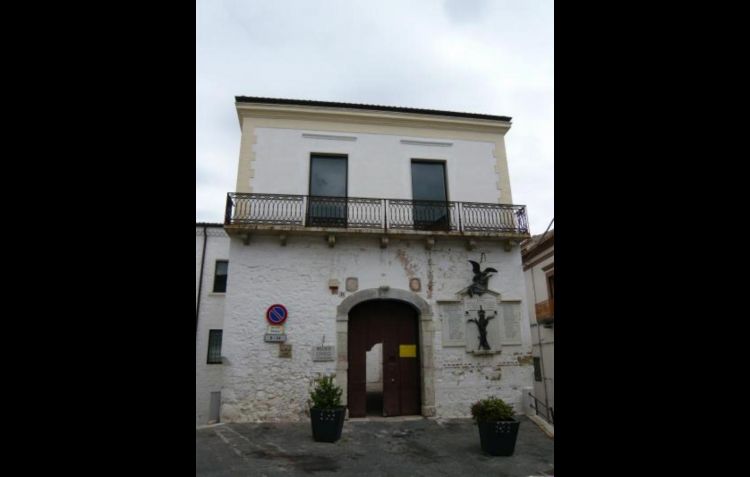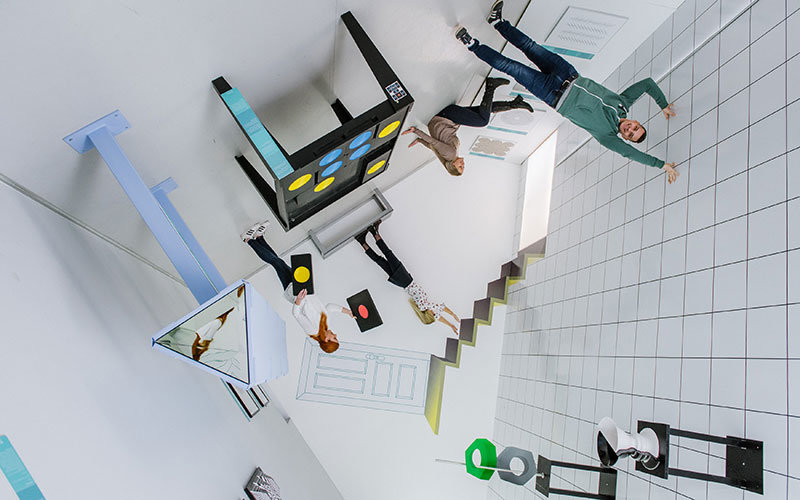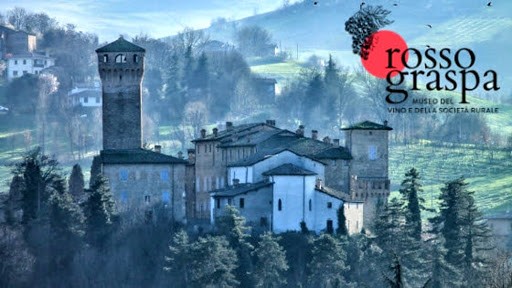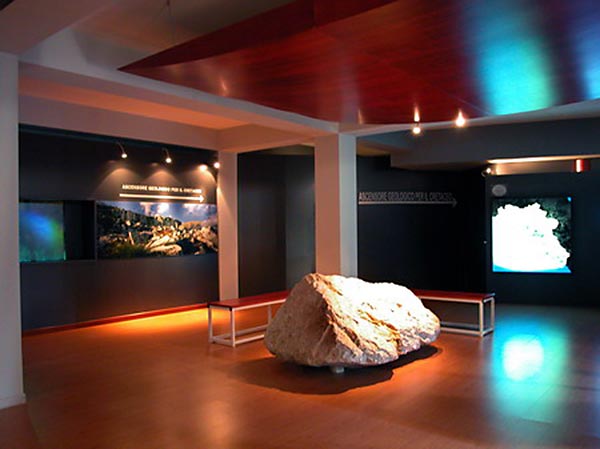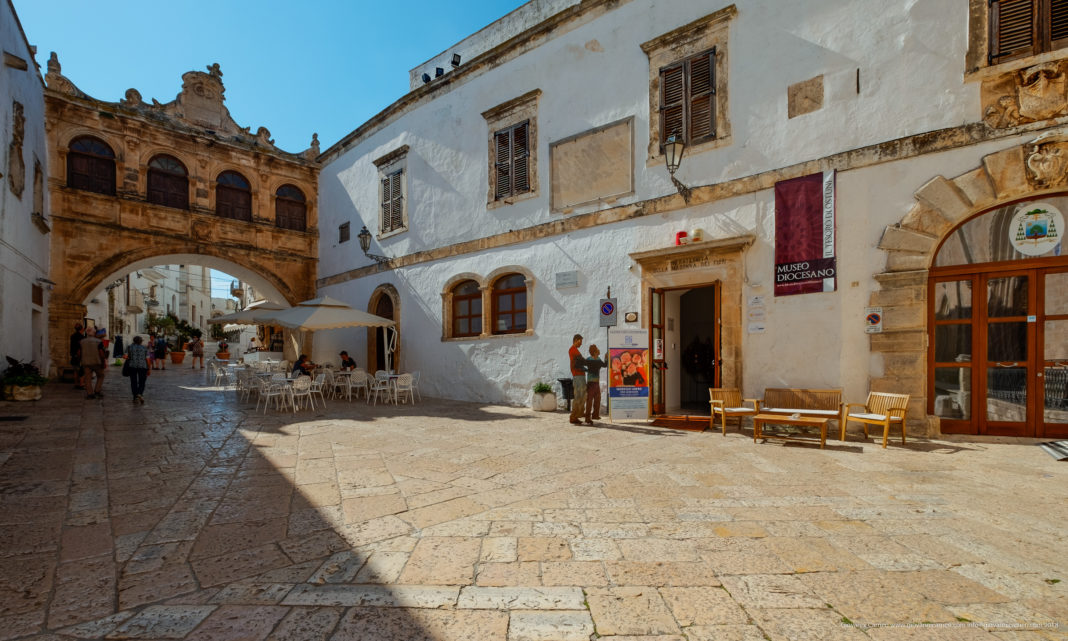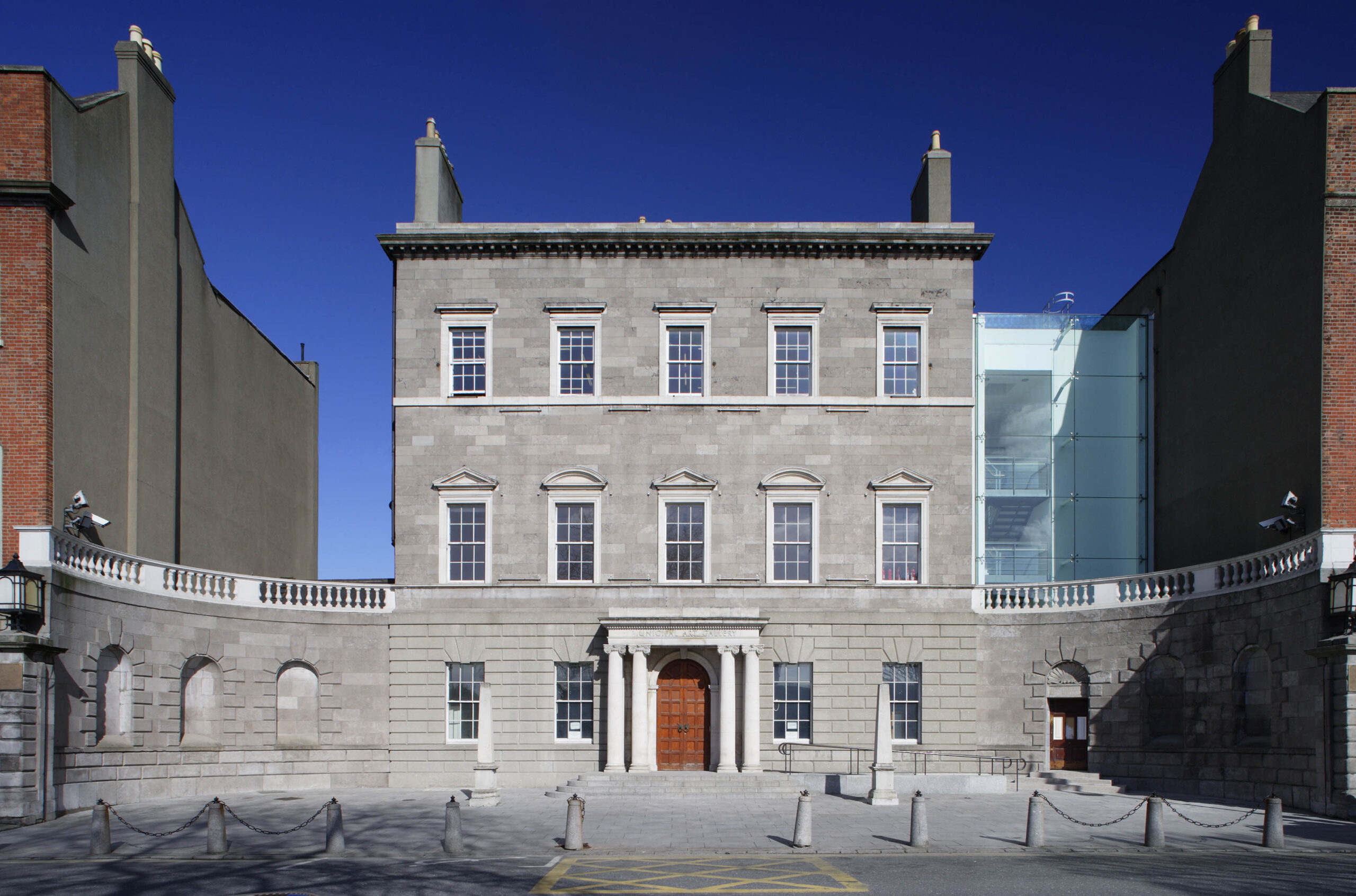Interesting collection of artifacts dating from the Neolithic to the Middle Ages. The donation of his private collection, coming from the excavation campaigns conducted in the territory, was the founding act of the museum that saw the light in 1925 in the rooms of Palazzo Pisani, in the heart of the historical center. The building, with the main entrance on Piazza Marino Boffa, has a development in plan of quadrilateral shape and shows from the outside characters of apparent homogeneity. Following an intervention of renovation and restoration has emerged, in fact, that the current conformation is the result of the aggregation of several buildings put together in order to meet the needs of a barracks for the Carabinieri. In any case, the oldest part consists of the ground floors whose entrances are located on Via Annunziata, Via San Francesco and Piazza Marino Boffa. The interiors present rooms with barrel vaults of fine workmanship, and a pavilion lunette in the main hall. The palace in 1987 was recognized as a work to be protected under Law No. 1089 of ’39. The collections include, today, an archaeological collection with finds dating from the Neolithic to the Middle Ages including amphorae, bowls, axes and oil lamps, a collection of eighteenth-century majolica and a collection of coins dating from the third century BC and the sixteenth century AD. Among the most recent discoveries there is an honorary base dedicated to the emperor Caracalla where in the last line of the inscription we read “Vibina”, very important evidence of the ancient name given to Bovino by the Romans.
